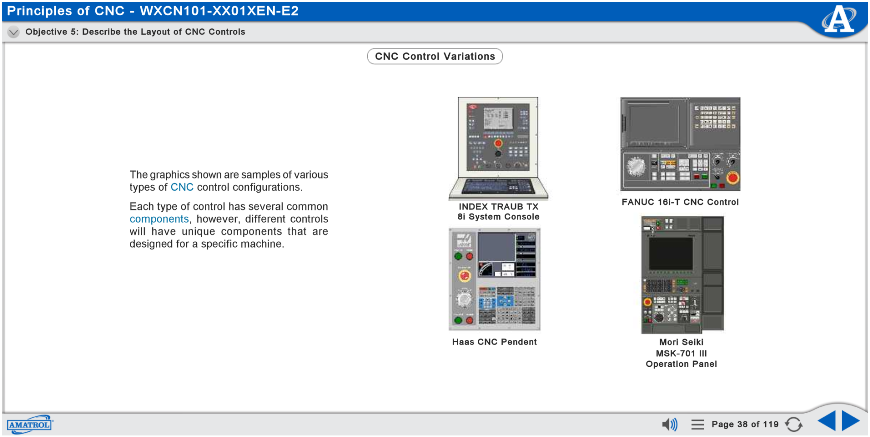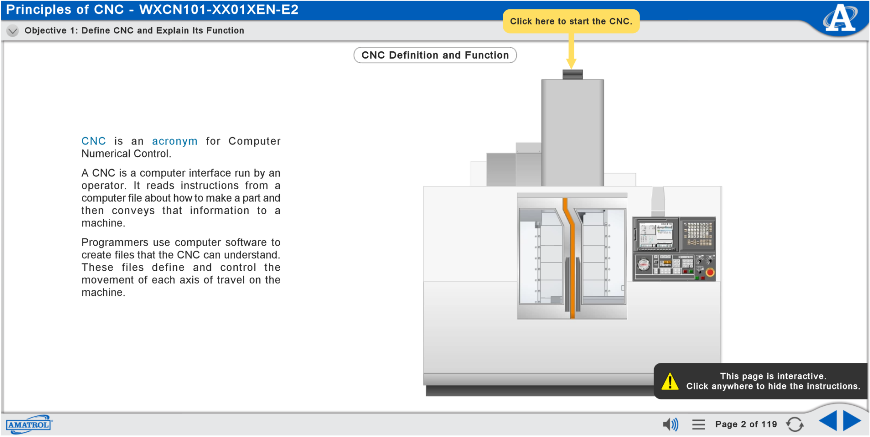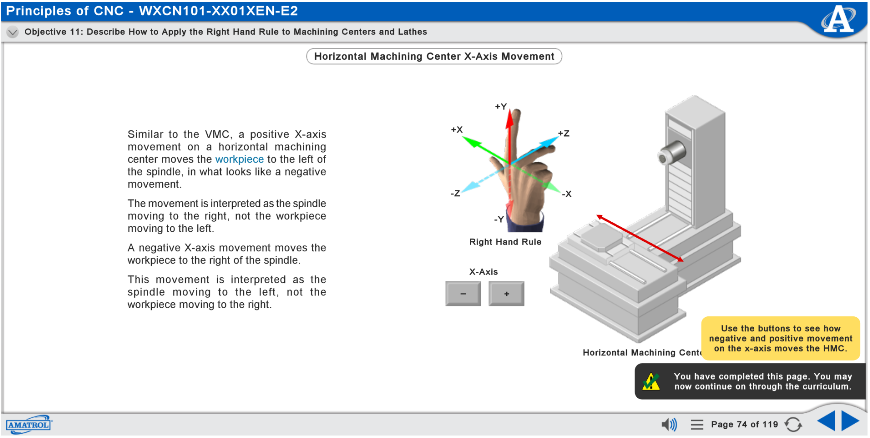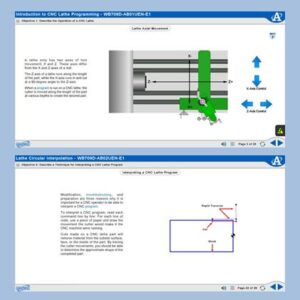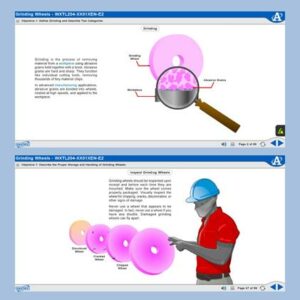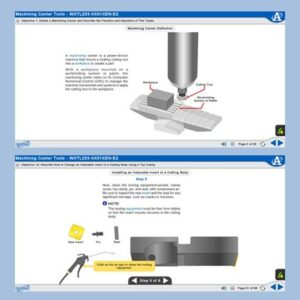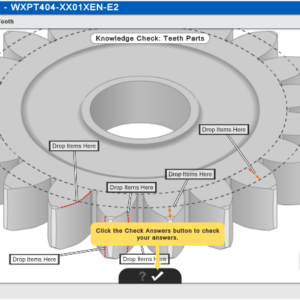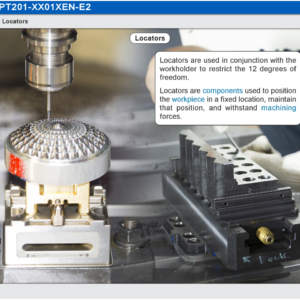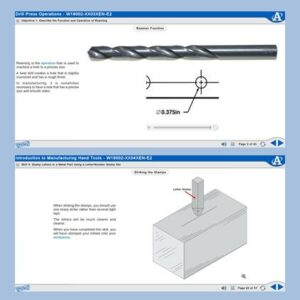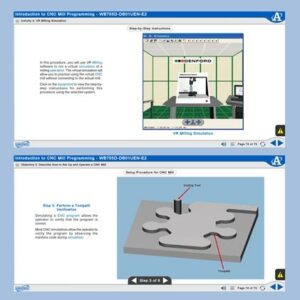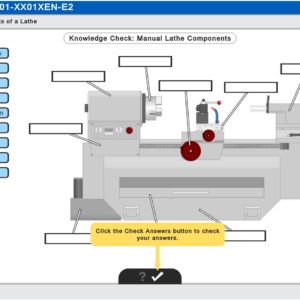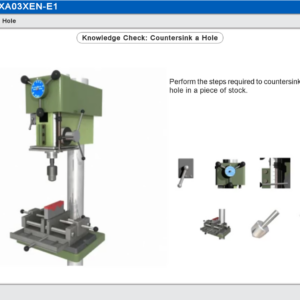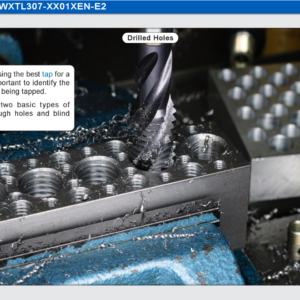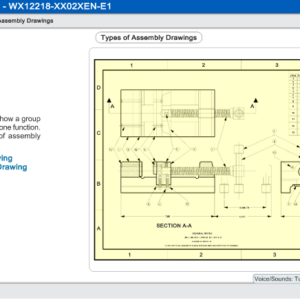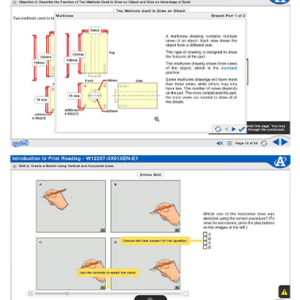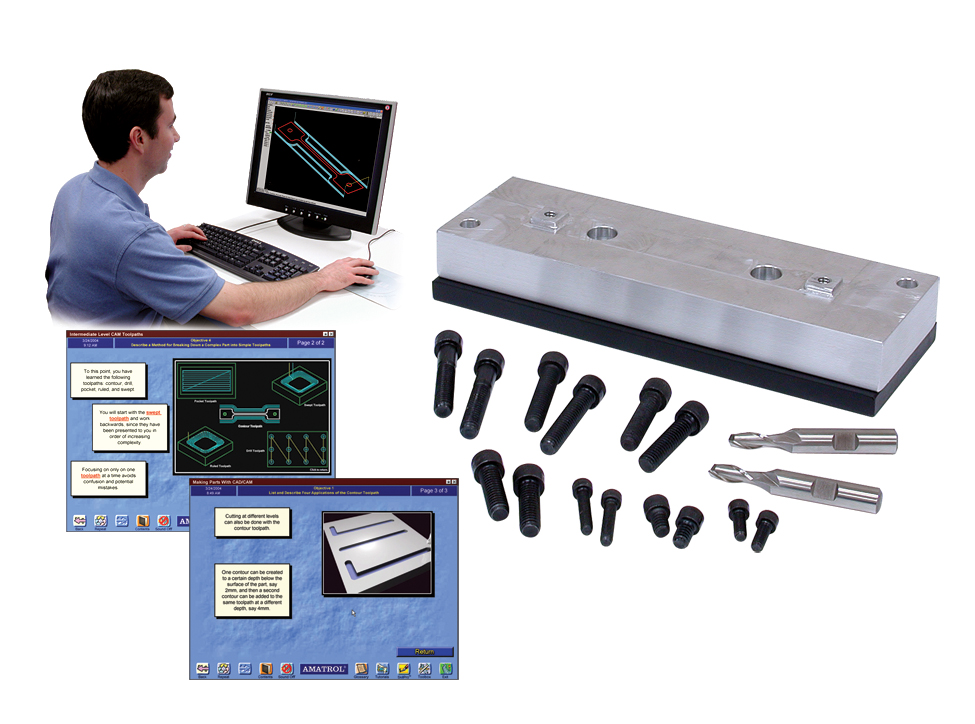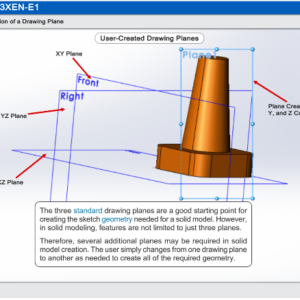
Additional Requirements
Finding qualified CNC machine operators is a challenge for any manufacturing organization. How do you know someone can do the job? Delivering consistent product quality when multiple people are involved, often in different locations, is also a big challenge. Experience in operating a CNC machine does not equate to consistent skills or approaches, which often shows up in higher warranty and repair costs. When combined with the often larger issue of just not enough CNC machine operators to fill open jobs, business suffers.
CNC Machine Operators require skills in operating a CNC machine, but are not machinists. Through industry task analysis as well as strong involvement with our development partner, a large global manufacturer, Amatrol’s CNC Machine Operator Program brings a highly-focused, streamlined set of skills to CNC Machine Operator (FANUC) training. Many training programs for CNC Machine Operators use training really designed for machinists, which incorporates a lot of theory not relevant to their real-world role. For example, CNC machine operators need to know how to run a CNC program – not how to design one.

